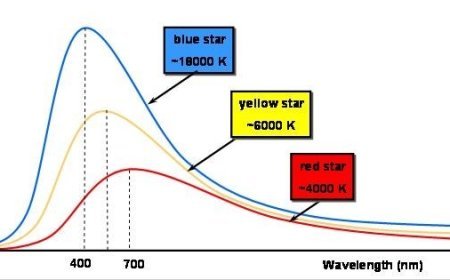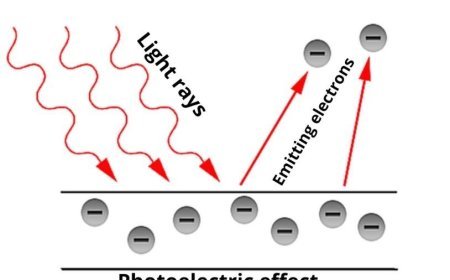The Semi-Empirical Mass Formula (SEMF)
The Semi-Empirical Mass Formula (SEMF) is a key concept in nuclear physics that explains how energy binds protons and neutrons within an atomic nucleus. Using the liquid-drop model, SEMF combines multiple energy terms — volume, surface, Coulomb, symmetry, and pairing — to predict nuclear stability and binding energy. This formula helps scientists understand fission, fusion, and isotope behavior in nuclear reactors and stellar processes.
The Semi-Empirical Mass Formula (SEMF)
1. Overview
The Semi-Empirical Mass Formula (SEMF) is an important method in nuclear physics that helps predict how much energy is needed to hold an atomic nucleus together.
Nucleus as a Liquid Drop
The nucleus of an atom can be thought of as a tiny drop of liquid. This idea helps us understand how the nucleus behaves. Just like a drop of liquid has forces that hold its shape, the nucleus has forces that keep it together. The SEMF uses the "liquid drop model," which treats the nucleus like a drop of fluid that cannot be squished and carries a charge. This model examines important factors that affect nuclear stability.
2. Components of the Formula
- Volume Term:
- Represents the strong nuclear force, which is the attractive force between all nucleons (protons and neutrons) within the nucleus.
- Nucleons mostly interact with nearby nucleons because the nuclear force works over a short range.
- This term is related to the mass number (A).
- Surface Term:
- Nucleons on the surface of the nucleus experience weaker attractive forces compared to those in the interior.
- This term adjusts for the lower binding energy of nucleons on the surface.
- It is related to the surface area of the nucleus, which depends on A^(2/3).
- Coulomb Term:
- Represents the repulsive forces between protons due to their electric charge.
- These forces can destabilize the nucleus.
- This term is related to Z² (square of the number of protons) and decreases as the nuclear radius (A^(1/3)) increases.
- Symmetry Term:
- Prefers equal numbers of protons and neutrons (N = Z).
- Based on the Pauli Exclusion Principle, which states that two identical fermions (such as protons or neutrons) cannot occupy the same quantum state.
- A balanced number of protons and neutrons helps fill nuclear energy levels more effectively.
- Pairing Term:
- Explains that pairs of protons and pairs of neutrons are more stable than an odd number of them.
- This is a small adjustment to the total binding energy.
3. Importance
- Predicting Nuclear Stability:
- The SEMF helps predict the stability of different isotopes.
- Understanding Nuclear Processes:
- It explains the energy involved in nuclear processes like:
- Fission: Splitting a heavy nucleus.
- Fusion: Combining light nuclei.
- Applications in Nuclear Engineering and Astronomy:
- Used in nuclear engineering (designing nuclear reactors).
- Helps in astronomy (understanding stellar nucleosynthesis).
4. Limitations
- Simplified Model:
-
- The SEMF is an approximate model and does not consider all nuclear structure details.
- Less Accurate for Light Nuclei:
-
- The formula is less precise for light nuclei and for nuclei that deviate from stability on the neutron-proton graph.
What's Your Reaction?
























